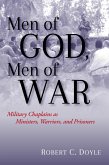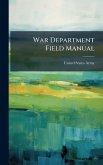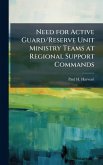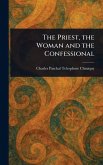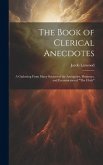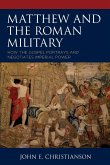As the United States conducts foreign policy and military operations, it must assess and consider the impact of religion in societies to achieve long-term stability in a region. So say authors Chaplain (Col) William Sean Lee, ARNG; Lt Col Christopher J. Burke, USAF; and Lt Col Zonna M. Crayne, ANG, in proposing that the role of military chaplains be expanded to include what they term "religious liaison," allowing for formal involvement of indigenous religious leaders in stability operations. Rather than avoiding religion in implementing foreign policy, they would allow chaplains to directly interface with indigenous religious leaders to develop dialogue, build relationships, promote goodwill, and create formal inter-religious councils. Lee, Burke, and Crayne recommend changes to doctrine, training, and assignments necessary to facilitate this expanded role. They note commanders often use a military lawyer and intelligence officer when making substantial decisions; chaplains can be just as important to a commander conducting stability operations. This policy implementation would assist the US military in transforming the asymmetric, soft power of indigenous religious influence into a significant source of power for mission accomplishment and enable a greater chance for achieving US foreign policy goals. This work has been selected by scholars as being culturally important, and is part of the knowledge base of civilization as we know it. This work was reproduced from the original artifact, and remains as true to the original work as possible. Therefore, you will see the original copyright references, library stamps (as most of these works have been housed in our most important libraries around the world), and other notations in the work. This work is in the public domain in the United States of America, and possibly other nations. Within the United States, you may freely copy and distribute this work, as no entity (individual or corporate) has a copyright on the body of the work. As a reproduction of a historical artifact, this work may contain missing or blurred pages, poor pictures, errant marks, etc. Scholars believe, and we concur, that this work is important enough to be preserved, reproduced, and made generally available to the public. We appreciate your support of the preservation process, and thank you for being an important part of keeping this knowledge alive and relevant.
Bitte wählen Sie Ihr Anliegen aus.
Rechnungen
Retourenschein anfordern
Bestellstatus
Storno



